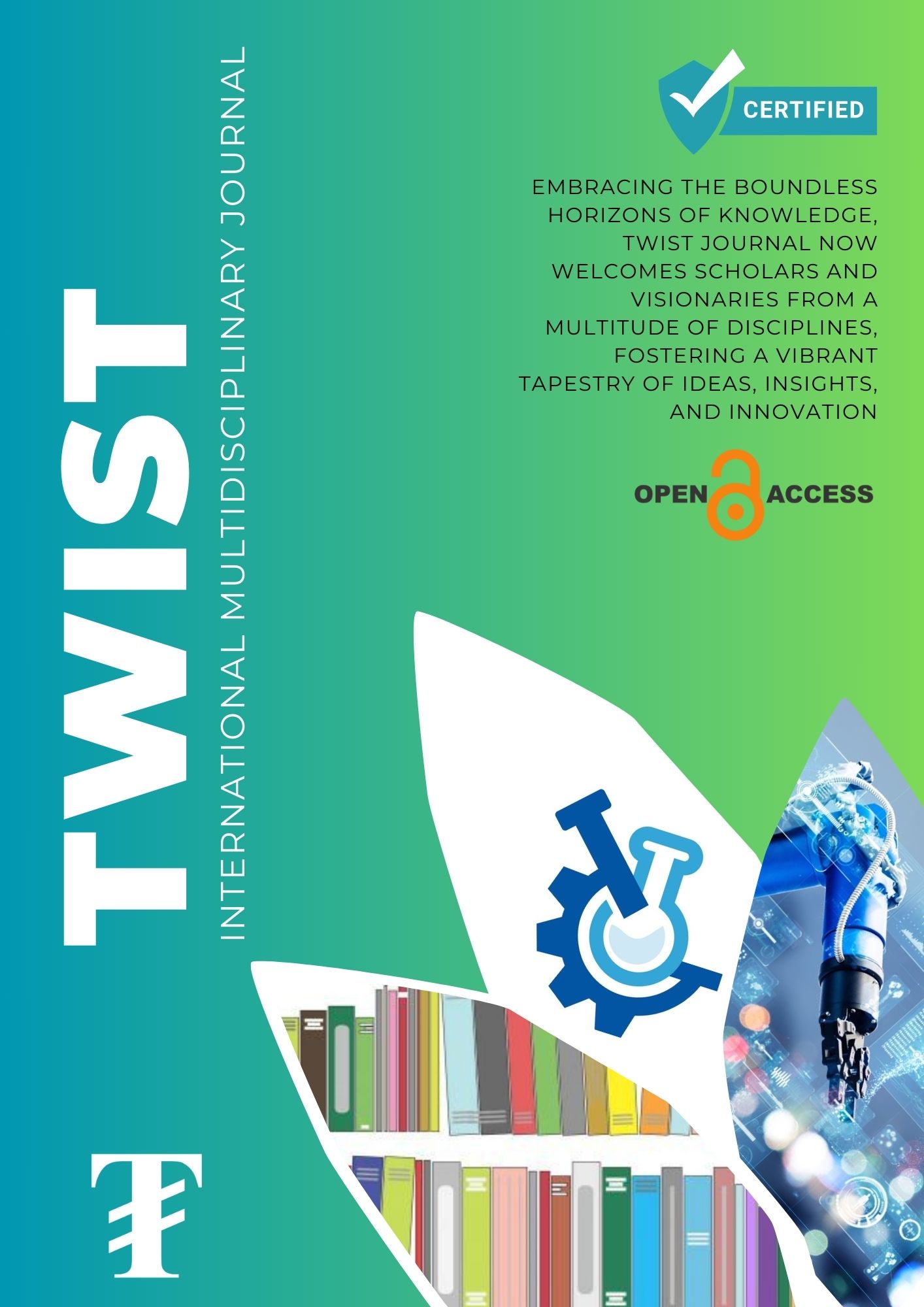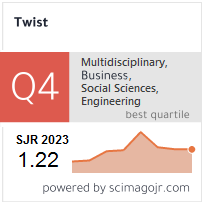Curriculum and Student Needs Analysis in Special Relativity Learning
A Preliminary Study for Developing Flipbook-Based Interactive Modules
Keywords:
Curriculum analysis, Interactive modules, Learning styles, Needs analysis, Special relativityAbstract
Special relativity is a fundamental yet abstract topic in modern physics learning, which often causes difficulties for prospective physics teacher students. This study aims to analyze learning needs as a basis for developing interactive flipbook-based learning media on special relativity. The study was conducted at the defined stage in the 4D development model, which includes curriculum analysis, initial-final conditions, and student characteristics. The method used is descriptive qualitative, with data collection techniques through curriculum document reviews, questionnaires, and interviews with lecturers and students from two Physics Education Study Programs at Muhammadiyah Universities in Indonesia. The study showed a gap between learning outcomes and teaching methods that were still conventional and did not support concept visualization. As many as 67% of students had difficulty understanding the concept of special relativity, especially on the subtopics of time dilation and length contraction. Most students have visual and kinesthetic learning styles and want interactive and visual-based learning media. These findings indicate that the development of flipbook-based intermodal learning is needed to answer the needs of learning that is more contextual, visual, and in accordance with the learning profile of students in the digital era.
Downloads
Downloads
Published
Issue
Section
License
Copyright (c) 2025 TWIST

This work is licensed under a Creative Commons Attribution-NonCommercial-ShareAlike 4.0 International License.











